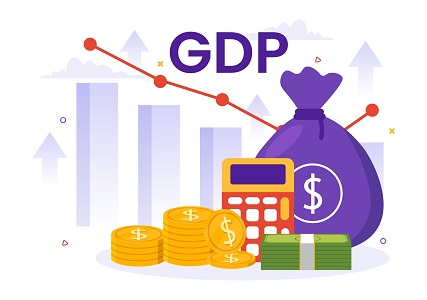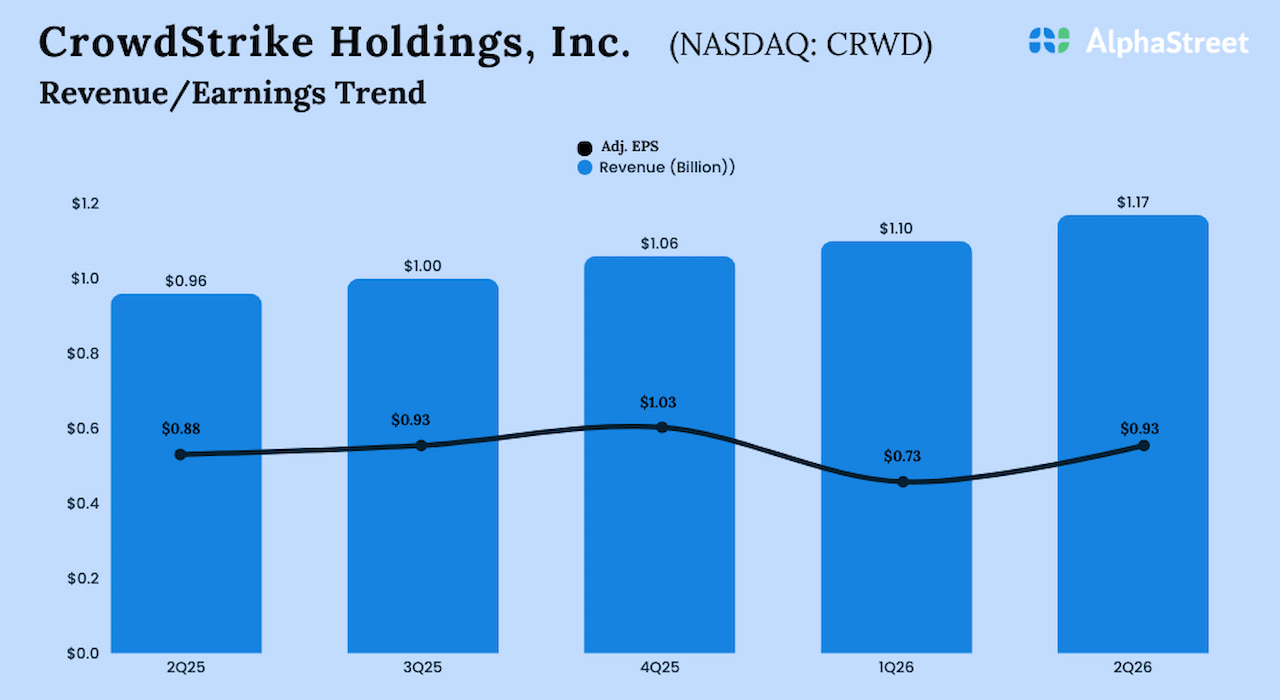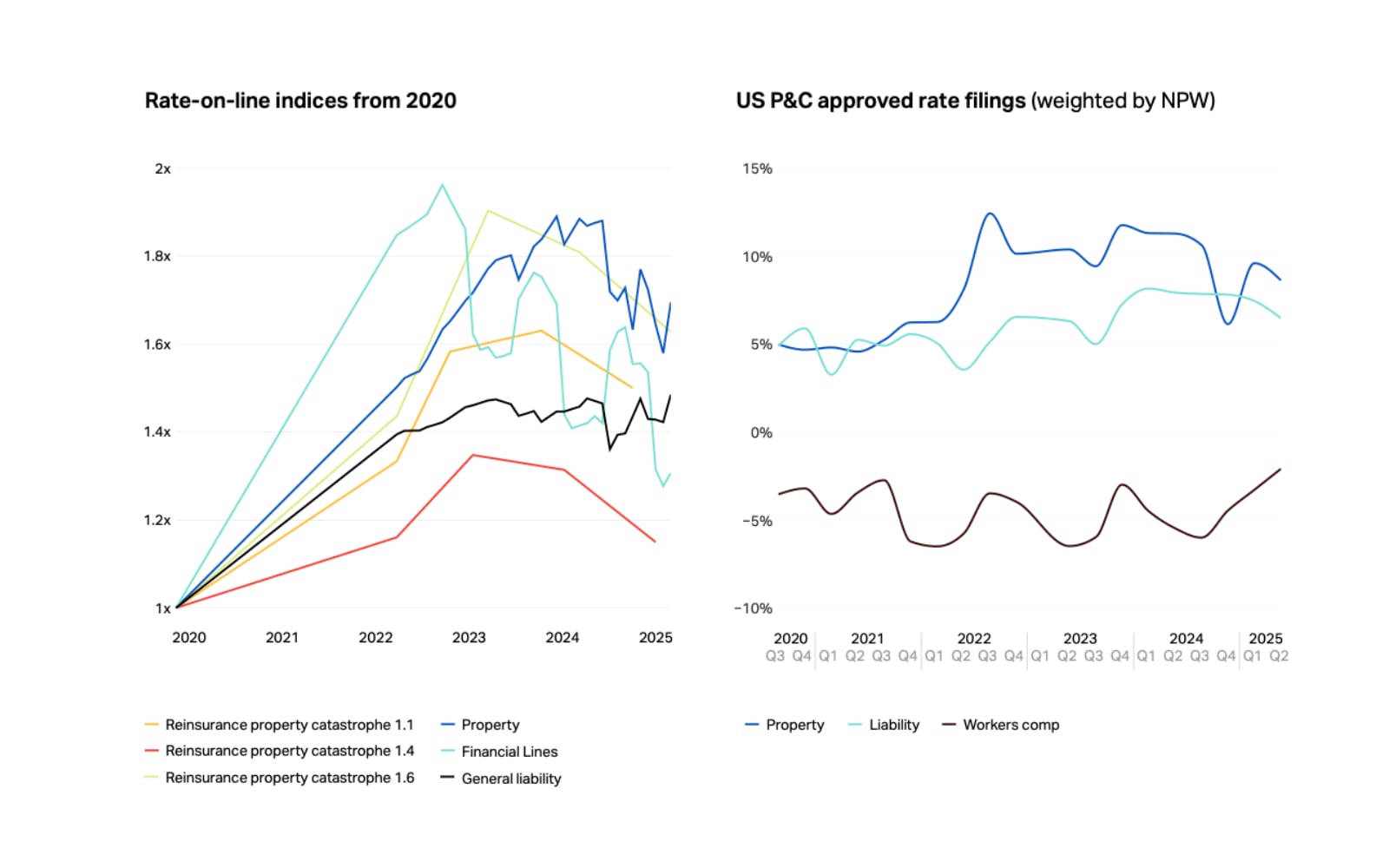Central bank digital currencies (CBDCs) have become the greatest tools for authoritarians and big government acolytes because they kill multiple birds with one stone; from surveillance to practical enslavement. Today, more than 100 countries are exploring or experimenting with a digital currency, and these efforts have accelerated as everyone tries to play catch up with China. But while governments digitize their currencies in the name of innovation and efficiency, it is almost guaranteed that leaders will weaponize digital dollars, digital loonies, or digital yuan.
The Next Frontier in CBDCs
House Majority Whip Tom Emmer (R-MN) recently introduced legislation that would restrict unelected bureaucrats in Washington from implementing and issuing CBDCs. In addition, Emmer argued that a virtual greenback would threaten Americans’ right to privacy and sovereignty, accusing President Joe Biden of trying “to create a digital authoritarian-style, surveillance-style digital dollar.”
“The consequences, if we get it wrong, are far too serious,” he stated. “We need these common-sense guardrails to prevent unelected bureaucrats here in Washington from sacrificing Americans’ right to financial privacy.”
It has been roughly one year since President Biden issued an executive order pushing the Federal Reserve to research and test a CBDC to determine if it is in America’s national interest.
The Treasury Department also called developing a CBDC of paramount importance, recently establishing a working group. The Undersecretary for Domestic Finance, Nellie Liang, told the Atlantic Council during a recent event that officials are looking at various pursuits, such as assessing a broad array of CBDC options, thinking about what type of policy questions need to be asked, and mulling over kinds of recommendations the government hopes to develop.
Across the globe, central banks have announced pilot projects in the next couple of months, including the Bank of Japan (BoJ), the Central Bank of Russia, and the Reserve Bank of India (RBI). The Fed, the Bank of Canada (BoC), and the Bank of England (BoE) continue to be in the study phase.
Car Trouble
The automobile market is facing financial difficulties – and we are not talking about Ford and other automakers delaying the production of some of their models. A wide range of data confirms that motorists are in for some difficult times, whether it is keeping up with their car payments or witnessing mounting debt piles. Like the housing collapse more than a decade ago, consumers with low credit scores are crashing into fiscal trouble. So, is this the next big crisis for the US economy?
According to data from S&P Global, subprime auto loans that were at least 60 days late climbed to above 6% in December. These loans contain high interest rates and are given to risky borrowers with low credit scores. As a result, delinquent payment rates are now above pre-pandemic levels. As rates remain elevated and the cost of living continues to spiral out of control, this problem might need further monitoring by market analysts.
This is typically the first step before default and repossession. And unsurprisingly, vehicle repossessions are also trending upward, as they rose 11% year-over-year in 2022, according to estimates from Cox Automotive. “With new car prices as high as they are, it’s getting more and more difficult for most Americans to stomach these payments,” Ivan Drury, Edmunds director of insights, told the FOX Business Network. “It just becomes something where even though it’s affordable for you today, is it going to hold in the future? That’s where we’re seeing the repossessions come through.”
Liberty Nation recently reported that the average monthly payment for a new automobile soared to a record high of $777, while one-fifth of drivers who financed a new vehicle at the end of last year is doling out more than $1,000 a month. Loan balances also increased by nearly 8%, and long-term loans between 73 and 84 months also surged.
Fortress of Solitude Out of Reach
Investors have been increasingly shifting their rate expectations now that inflation proves to be sticky, and the Federal Reserve has indicated it wants to keep raising rates into the summer. This has sent Treasury yields higher, with the benchmark 10-year bond hovering around 4%. The latest development is impacting the US mortgage rate as borrowing costs resuscitate the upward trajectory.
 The 30-year fixed mortgage rate jumped for the third consecutive week to a five-month high of 6.71% for the week ending Feb. 24, according to the Mortgage Bankers Association (MBA). This is roughly in line with Freddie Mac’s Primary Mortgage Market Survey (PMMS), which showed that the 30-year fixed-rate mortgage (FRM) picked up 15 basis points to 6.65%.
The 30-year fixed mortgage rate jumped for the third consecutive week to a five-month high of 6.71% for the week ending Feb. 24, according to the Mortgage Bankers Association (MBA). This is roughly in line with Freddie Mac’s Primary Mortgage Market Survey (PMMS), which showed that the 30-year fixed-rate mortgage (FRM) picked up 15 basis points to 6.65%.
What a difference a year makes. Twelve months ago, the typical 30-year FRM was around 2.9%.
“As we started the year, the 30-year fixed-rate mortgage decreased with expectations of lower economic growth, inflation and a loosening of monetary policy,” Freddie Mac stated in the report. “However, given sustained economic growth and continued inflation, mortgage rates boomeranged and are inching up toward seven percent. Lower mortgage rates back in January brought buyers back into the market. Now that rates are moving up, affordability is hindered and making it difficult for potential buyers to act, particularly for repeat buyers with existing mortgages at less than half of current rates.”
Housing affordability continues to be one of the most critical challenges facing Americans today. A broad array of metrics shows that achieving the American Dream is becoming increasingly out of reach for many households. A new report from real estate brokerage Redfin highlighted that affordable listings plunged to an all-time low in 2022. Moreover, National Association of Realtors (NAR) statistics found that residential supplies plummeted to close to record lows below one million units. Industry observers project that the US faces a shortage of as many as five million homes over the next decade. Eggs, baby formula, children’s Tylenol, and homes – can’t the American people have anything?
Do you have an opinion about this article? We’d love to hear it! If you send your comments to [email protected], we might even publish your edited remarks in our new feature, LN Readers Speak Out. Remember to include the title of the article along with your name, city, and state.
Please respect our republishing guidelines. Republication permission does not equal site endorsement. Click here.







































